5 Different Types of Silver Dollar Fish: Care Guide: Habitat, Lifespan & More
Check Our Quick Stories
Silver dollar fish is one of the common types of fish among aquarists. This is a schooling fish which means you should keep this fish in a group. But silver dollar fish are generally 5 types. People do not talk about these much. This article is going to show the types of silver dollars with basic care guidance.
5 different types of silver dollar fish
Lots of new aquarists think there are no other types of silver dollar fish but actually, this is not. Silver dollar fish has five different types. These types are
- Red hook silver dollar
- Common silver dollar
- Black bar silver dollar
- Tiger silver dollar
- Spotted silver dollar
Now let’s discuss a basic care guide of these types of silver dollar fish types. As an aquarist, you should provide the topmost care to keep these species healthy. To know ‘how’ let’s jump deep into the topic
Read more:- How long do pet fish live? Researched actual data
Red hook silver dollar
Red hook silver dollar is the most common type of silver dollar fish. This fish has a large anal fin. The color of this fin is red and that is why aquarists call this fish red hook silver dollar.
Care guide of red hook silver dollar
This fish is generally a peaceful community-type fish. This fish is easy to care for and maintain. The 40, 55, 60, 75, and 90-gallon tanks are the most suitable to keep this fish. The water temperature should be between 22°C to 27°C. To keep this fish acidic type of water is required. The pH level should be 5.0 to 7.0.
As this is a timid dollar species so inside of the aquarium should be covered with plants and driftwood.
This fish becomes active when it is kept in a group. So always try to make a separate silver dollar aquarium. This is not recommended to keep it in a community fish tank. You should provide some good aquarium light for this fish. But make sure you should not turn on the light more than 8 hours a day.
The origin of this fish is the amazon river and it loves blackwater. So you have to provide blackwater in your aquarium. To make blackwater you have to provide ‘tannin’. Almond leaves are a good source of tannin. To make blackwater you can put floating almond leaves in the aquarium water. There should be some decomposing almond leaves also because this is the nature of blackwater.
but make sure that you have installed a good filter for it because in the blackwater ammonia spike may occur frequently. Fishes will be stressed enough because of it. Not only that, but your whole aquarium may die off due to excessive ammonia spikes also. So be careful.
Read more: – 5 Rare Betta Fish that you must try to collect: With Care Guide
Common silver dollar
Common silver dollar fish is very common to all aquarists. If you are new to this hobby then you may don’t know much about it. But actually, this fish is very common to all due to its kite-shaped body. The color of this fish is silver and this is a hardy fish.
Care guide of a common silver dollar
Despite being a hardy fish, the common silver dollar fish needs proper care and maintenance. This fish thrives when it stays in a group. A minimum 75-gallon tank size is required for this fish. This fish can jump from the water. This fish needs hiding spots in the aquarium. For this fish dark background and dim lights are most recommended.
Common silver dollars are herbivores species so you should not keep only java fern and hornwort plants in your tank. These plants are not tasty for them. Otherwise, this fish will destroy other plants if you keep it in a common silver dollar tank.
Between 5.5-7.5 is the preferred pH level that is suggested by us. There should be zero ammonia level and the temperature should be between 24°C to 28°C.
Common silver dollar fish need lots of space to swim freely. This is mainly mid and top dwellers. These are not territorial but during breeding time and eating time, they become a little bit territorial.
This fish prefers blackwater too. For a blackwater aquarium, you have to provide a proper filtration system. The water should be circulated horizontally and vertically both ways. For vertical water circulation, you should provide air stones. air stones work as effective water circulators. To maintain the aquarium health this is important
Black bar silver dollar
Black bar silver dollar fish is another type of silver dollar fish. This is a very rare type of fish. The size of this fish is approx. 4 inches. This fish has one black coloured line at the base of its anal fin and that is why this is called black bar silver dollar. The body shape of this fish is kite-shaped like other fishes.
Care guide of black bar silver dollar
The care level of black bar silver dollars is medium. This is an omnivorous species. To keep this healthy you have to provide lots of nutritious food. As live food brine shrimp or bloodworms are most recommended for it. This is a peaceful fish species so you can consider keeping it at a community fish tank. A minimum 75-gallon tank is required to keep 5 numbers of this fish.
This fish likes acidic water conditions. The pH level should be between 6.0 to 7.0. The temperature of the water should be between 22°C to 27°C. Blackwater condition is the most suitable condition for this fish. So this is recommended to keep a separate black bar silver dollar tank.
As this is a rare species so you should maintain this well. Otherwise, this will not be healthy. Here maintenance means checking water parameters, changing waters twice a week, cleaning the fish tank twice a month, and so on. But experts say this is a hardy fish and this can tolerate a wide range of water parameters.
To keep plants in a black bar silver dollar aquarium you must consider an anubias plant. These are the middle and top dwellers. This fish can jump from the water like a common silver dollar. So make sure to provide a good cover for the aquarium.
Tiger silver dollar
Tiger silver dollar fish is another type of silver dollar fish. This is also a rare fish species. The general habit of this fish is like common silver dollar fish.
Care guide of tiger silver dollar
Tiger silver dollar fish requires a medium level of care. Though this is a schooling fish you shouldn’t keep small fish with it because of its big adult size. The offered fish tank should be planted enough. It may eat plants so the aquarium must be a dense plantation. Other behaviors of this fish make it special
The size of tiger silver dollar fish is a maximum of 5 inches. Its width is a minimum of 3 inches. As this fish is not slender so this may seem like a big-sized fish. The average lifespan of this fish is 10 years. But the lifespan depends upon the care level.
The origin of this fish is mid-Brazil. This is a peaceful community type of fish. This is a herbivore type of fish and may eat plants. So don’t keep any type of plants. Anubias may be perfect for tiger silver dollars.
This fish loves acidic water conditions. So the pH level of the aquarium should be between 5.0-7.0. The temperature should be 20°C to 26°C. As this is a schooling fish so you need a minimum of 5 tiger silver dollar fish together. The tank size should be a minimum of 75 gallons. But a 90-gallon tank is most recommended.
Read more:- 5 most active aquarium fish: Highly recommended for beginners
Spotted silver dollar
Spotted silver dollar fish is another type of silver dollar. This fish has lots of black spots on its body. That is why this is called the spotted silver dollar.
Care guide of the spotted silver dollar
The care level of spotted silver dollar fish is easy. This is a schooling fish and a minimum of 6 fishes are required to keep together in a tank. This is very active so sharp objects should not be there in the tank. This is an omnivore type of fish. To keep this fish well-planted blackwater is recommended.
The origin of the spotted silver dollar is South America. This grows here in the blackwater conditions. So in the aquarium, this thrives when you give a proper blackwater environment. To provide blackwater you may use almond leaves.
This fish grows up to 6 inches. Despite being a peaceful fish, the spotted silver dollar should become territorial during feeding time. These fish accept any type of food. But live foods and nutritious flakes are the most recommended.
This loves slightly alkaline water conditions. So that you must keep the pH level between 6.0-8. This fish is handy fish but be careful while acclimating this fish into the tank. Make sure that the water parameters are stable enough. The temperature should be between 24°C to 28°C.
This fish is famous for its color. This has bright silvery color in its body. The male spotted silver dollar fish has an anal fish that is red.
Conclusion
The silver dollar is a very common fish species among all aquarists. But lots of aquarists don’t know its types. The silver dollar is five types. This article has discussed these types comprehensively. Not only that, but through this article, I’ve shown its types and the primary care level. You can follow these maintenance tips for your silver dollar fish.
So best of luck & happy fishkeeping 🐟
Read more:- How to set up a community fish tank: With cost analysis
Read More:- Top 9 Most Expensive Fish For Aquarium With Price Range

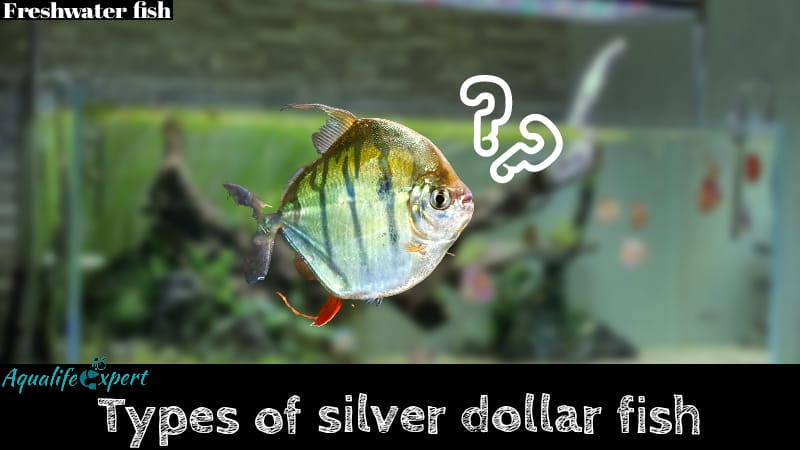

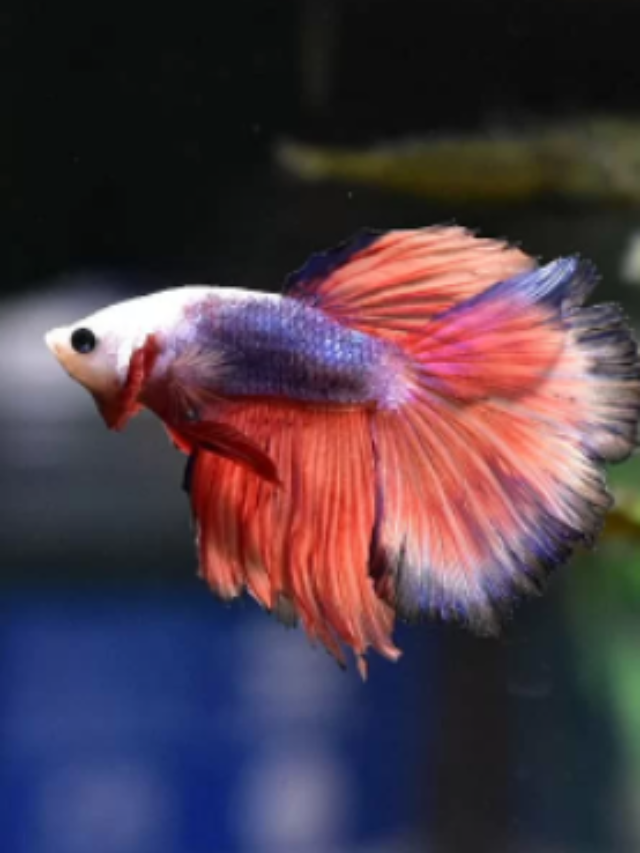

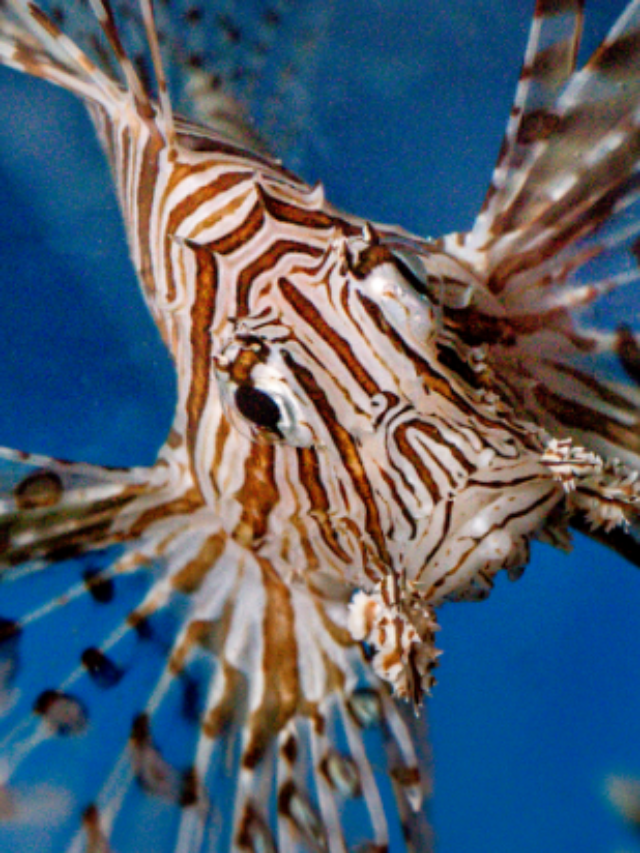


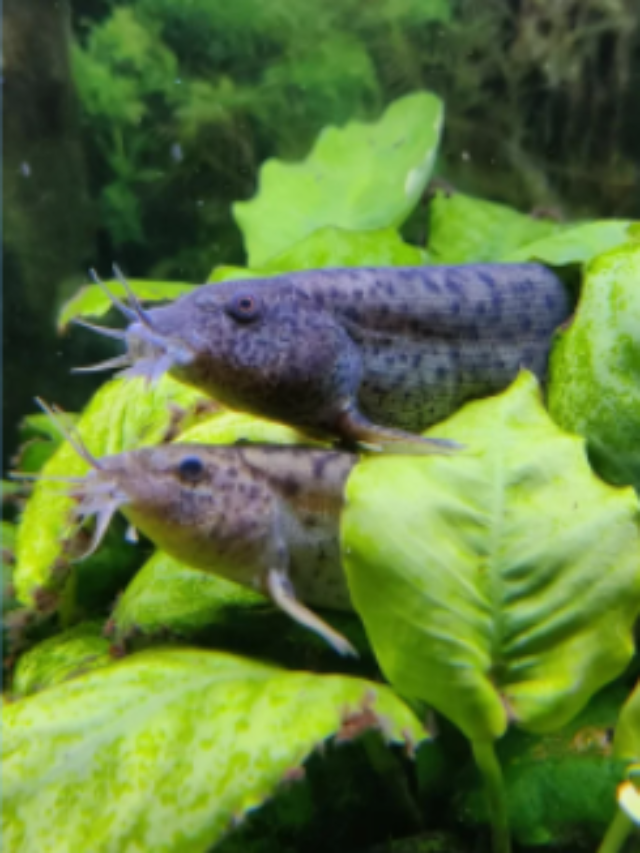
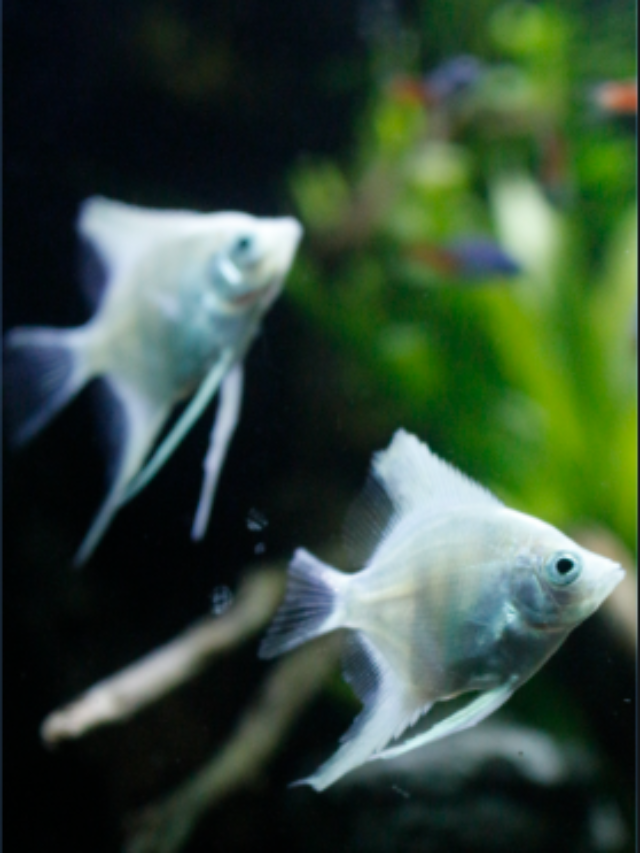











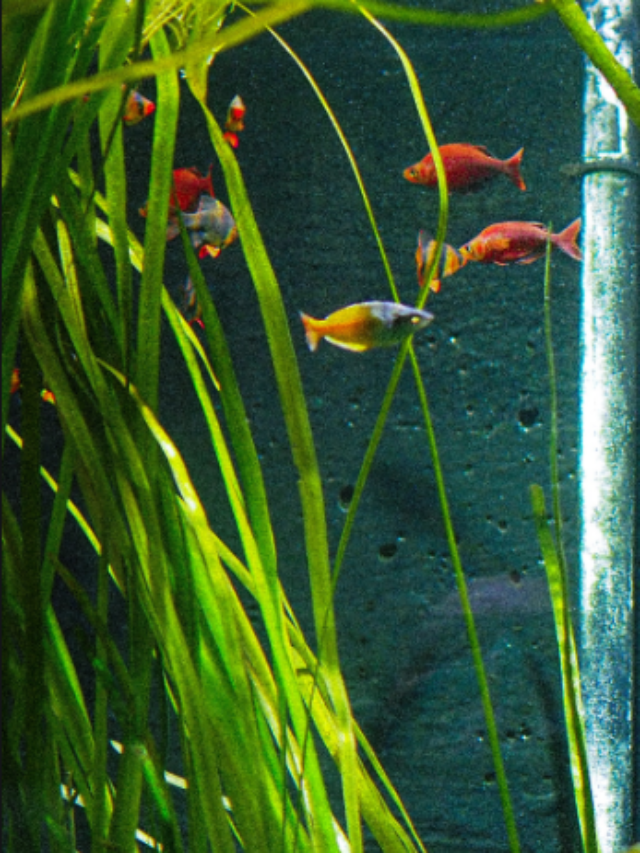
Greetings from Idaho! I’m bored at work so I decided to browse your site on my iphone during
lunch break. I enjoy the knowledge you present here and can’t wait to take
a look when I get home. I’m amazed at how quick your
blog loaded on my cell phone .. I’m not even using WIFI, just 3G ..
Anyways, fantastic blog!